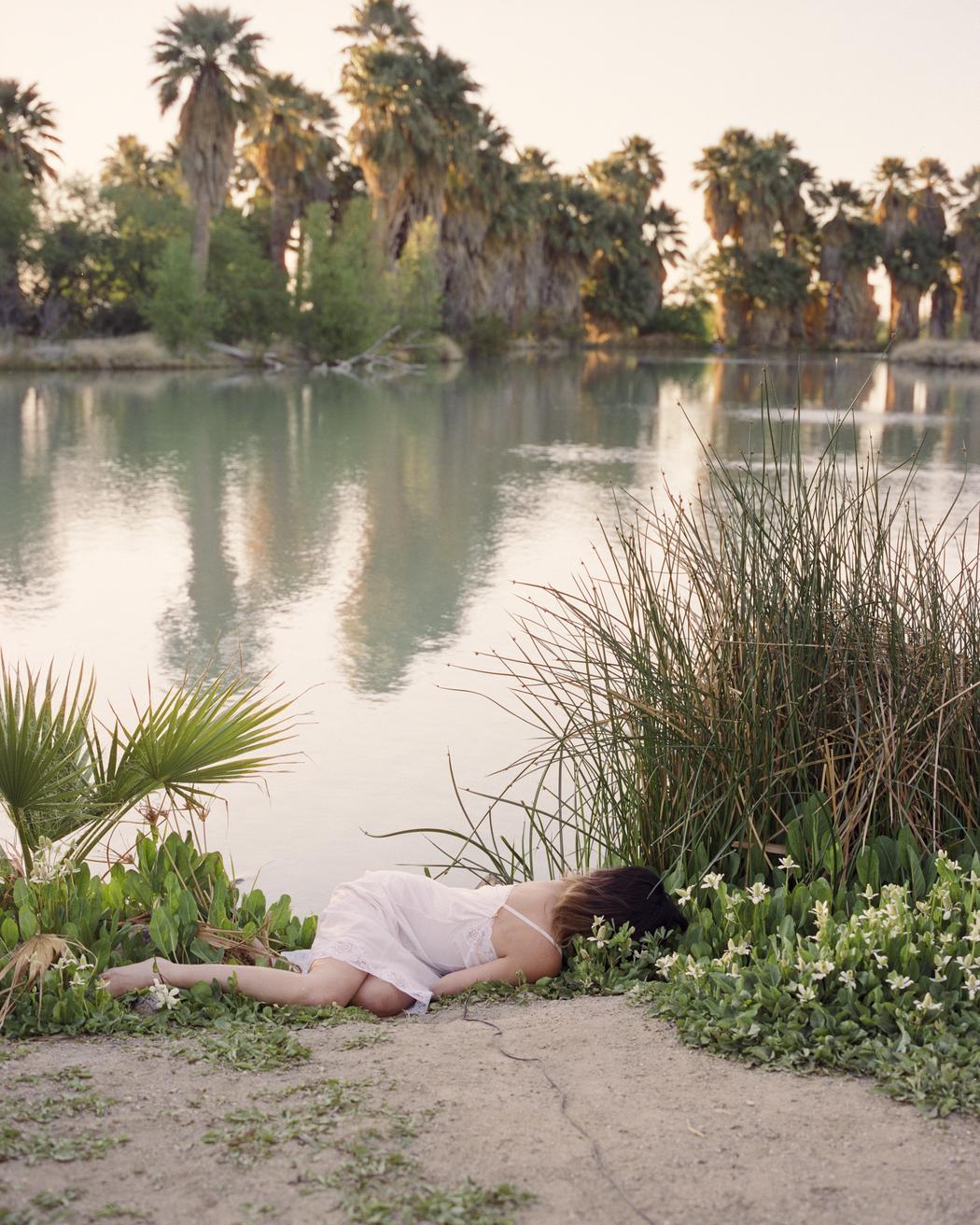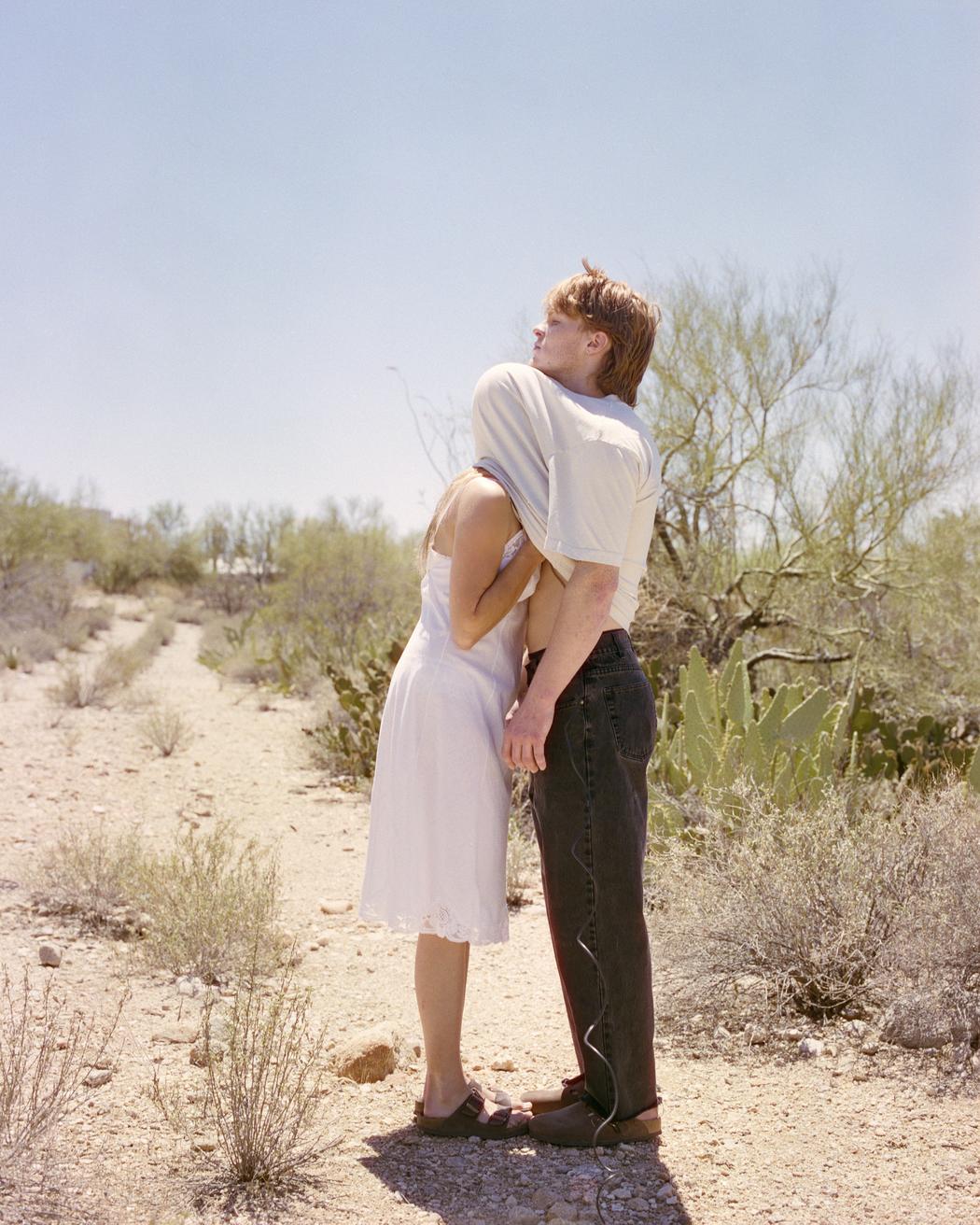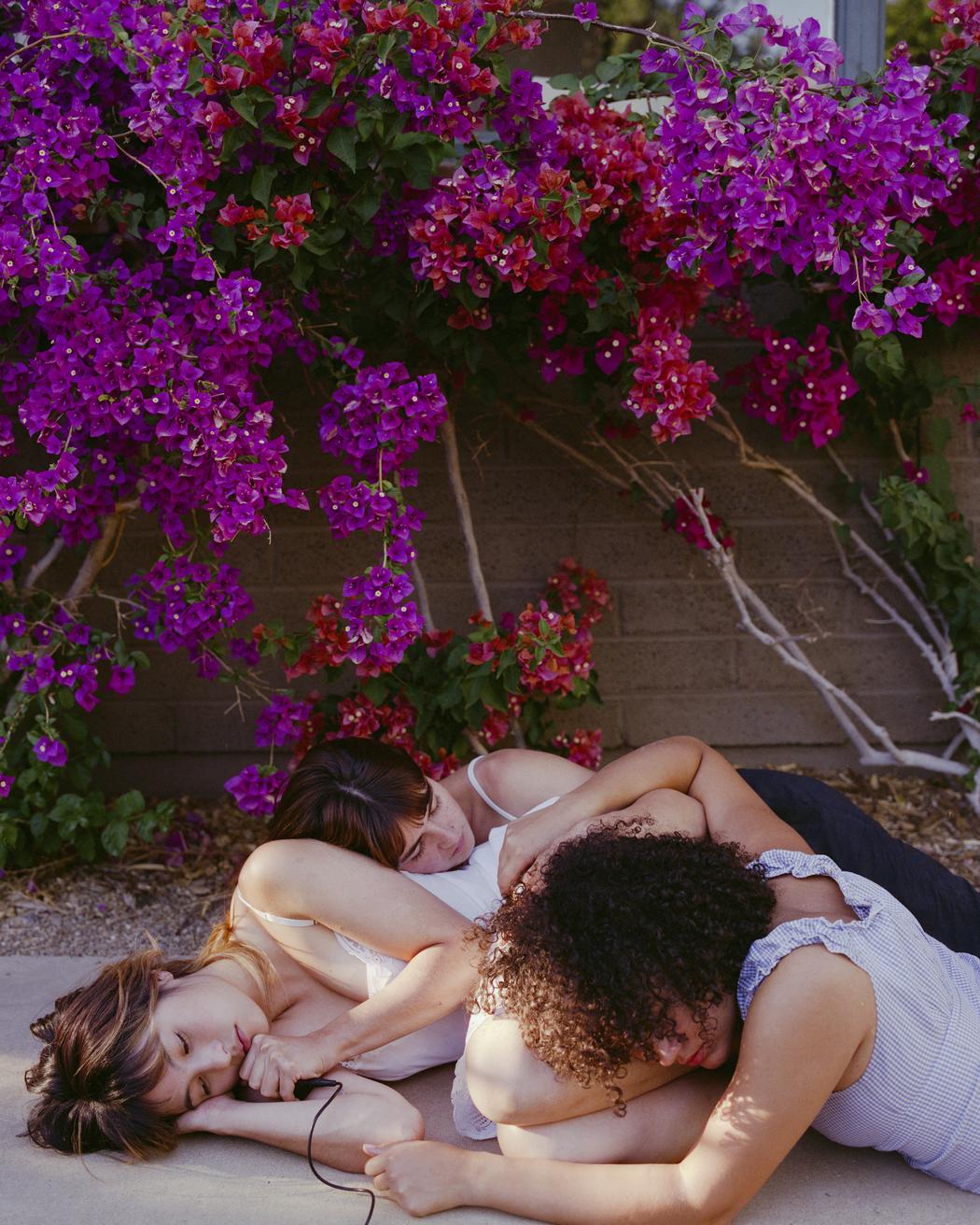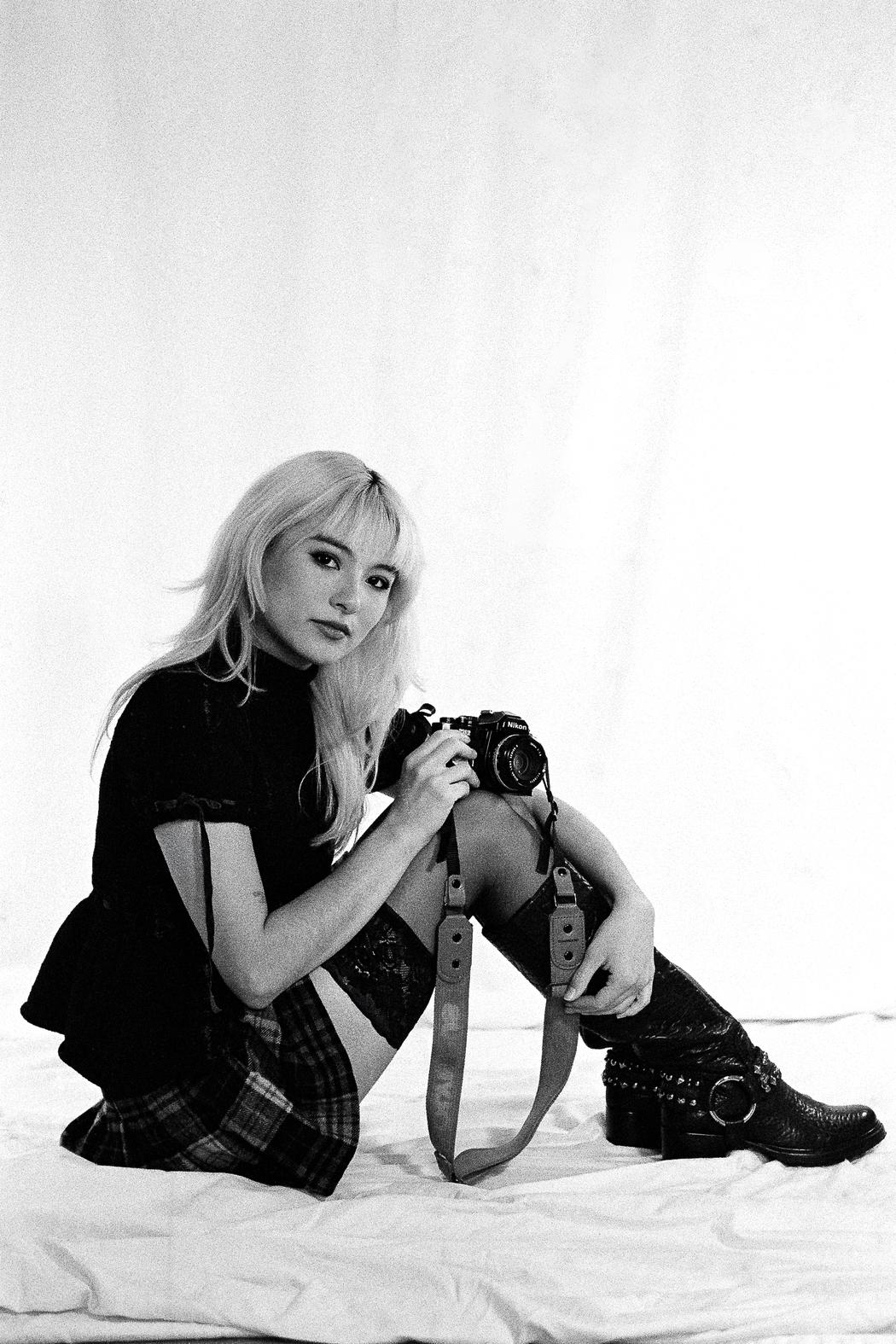Samantha Lim
Year of birth: 2005
Where do you live: Tucson, Arizona
Your education: Currently Studying at the University of Arizona
Describe your art in three words: Intimate, Introspective, Raw
Your discipline: Photography
Instagram
Can you tell us more about the moment that inspired you to start the Regrounded series?
I was mainly inspired to start the Regrounded series as a way to work through stress that had built up over the course of a long work season and semester. At the time, I was in a creative rut and felt like without taking some time for myself to ground, I wouldn’t be able to create meaningful work. My mind was overwhelmed by the need for a reset, and that consumed my thoughts. Regrounded became both an opportunity to reconnect with myself and a way to make art from that process.
How do your Chinese and Mexican heritage influence your visual storytelling?
My heritage plays a huge role in the subject matter I choose. Aside from this series most of my work focuses on exploring familial ties and the bond between culture and personal identity. In the case of Regrounded, I did not consider my heritage as directly as I have in other works. That being said, it still becomes a subtle, subconscious reflection of the influence my heritage plays in my life.
 Samantha Lim | Regrounded | 2025
Samantha Lim | Regrounded | 2025
You mention that each image represents a “safe space.” How did you choose which moments or places to photograph?
To a certain extent, the process of choosing when and where to photograph was fairly intuitive. With such a strong urge to find peace I imagined where I could go to feel a little bit better and those became the spaces I photographed.
How did the emotional shift after your breakup affect your creative process during this project?
After my breakup I felt a sense of hopelessness. I mention this in my project statement but the experience forced me to reassess my “safe spaces” and deeply consider the idea of impermanence. It was odd because the stability I had been searching for throughout this process was suddenly shattered. I was heartbroken yet still in places that brought me comfort. Having to continue the series in such an emotionally complex space had a significant impact on my creative process. The breakup pushed me into a sort of survival mode where I found myself working in a methodical and mechanical way in order to complete the series and also move forward with my life. I think that the dissociation that occurred after the breakup shows through the work — giving the images a haunting beauty and vulnerability shaped by the loss.
 Samantha Lim | Regrounded | 2025
Samantha Lim | Regrounded | 2025
There’s a quiet vulnerability in your photographs. How do you achieve that emotional intimacy with your subjects—or with yourself?
I think that emotional intimacy comes from a place of constantly reflecting on myself, my feelings, and where I am in the world. Vulnerability comes naturally to my work because with reflection comes vulnerability. This same mentality applies to working with my subjects. I have always been the type to put myself in the shoes of others which creates this sense of shared emotion that helps make each image feel more real and relatable. The images are then not just about me or them but a shared feeling that many of us can relate to.
What does the desert mean to you personally and artistically?
The desert is my home. I was born and raised in Tucson, Arizona and so for me, the desert brings a deep sense of comfort because of its familiarity. For those who didn’t grow up with it, the desert might seem harsh and lifeless but to me, it’s what gives me life. Moreover, the desert is also a major source of artistic inspiration. Being born here I connect my identity closely with the Sonoran Desert and its resilience and rigidness is something that mirrors my current state of being.
 Samantha Lim | Regrounded | 2025
Samantha Lim | Regrounded | 2025
The self-timer cable is visible in some photos. Was that a deliberate choice to include yourself as part of the narrative?
The air shutter release in each image was a very intentional and symbolic choice. Regrounded centers around my personal safe spaces and the process of finding peace. From the beginning, it was important to me that I include myself in the images — not only because this series tells my personal story, but also as a way to reclaim a sense of self reliance during a time of distress from my breakup. While the cable release was necessary since my medium format camera lacks a self timer, it became increasingly important to me that I have autonomy over my process of regrounding. In the midst of uncertainty and loss of stability, the act of firing the shutter myself and having the cable visible became an assertion of control.


Leave a Reply
You must be logged in to post a comment.